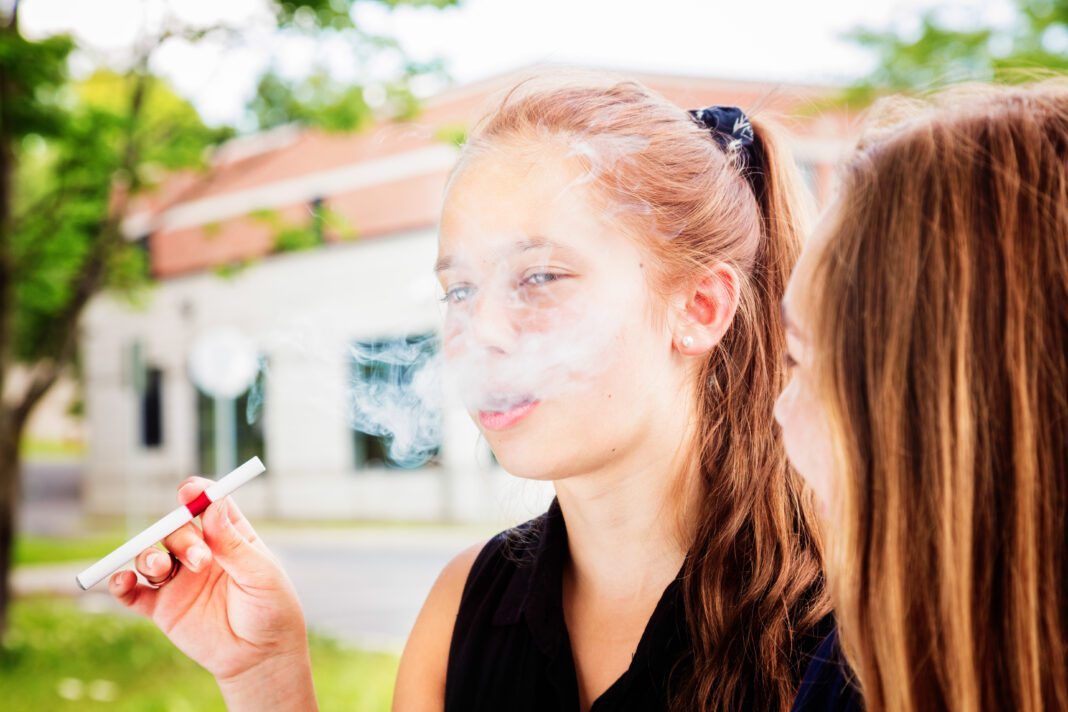Five surprising signs your child may be vaping, and what parents can do
Sponsored by I CARE Prevention Program
With bright colors and flavors like mango and mint, electronic cigarettes—aka e-cigarettes, vape pens or vapes—have become increasingly popular with children and teens, who often believe they are a safe alternative to smoking cigarettes.
But these battery-powered devices are far from harmless. E-cigarettes work by heating a liquid such as propylene glycol or vegetable glycerin that contains nicotine, THC, other substances, and those appealing flavorings. And while the process is called “vaping,” e-cigarettes don’t actually create harmless water vapor—they create aerosols that contain harmful and cancer-causing chemicals including formaldehyde and heavy metals like lead, nickel and tin.
“Vaping companies promote their products by stating that it’s less harmful, but remember that less harmful is still harmful,” warns I CARE prevention specialist Melvin Sanders Jr.
More than 2.5 million middle and high school students in the United States used e-cigarettes in 2022, according to the National Youth Tobacco Survey released by the U.S. Food and Drug Administration in coordination with the Centers for Disease Control and Prevention. Among these youth e-cigarette users, nearly 85% reported using flavored e-cigarettes, and more than 1 in 4 reported using e-cigarettes daily.
The negative health effects of nicotine, which is found in virtually all vape products, are many. Nicotine is highly addictive, and the vast majority of adults with nicotine addiction began using nicotine products before age 21, according to the Partnership to End Addiction. Using nicotine while the brain is still developing creates a greater risk of addiction. And those fun flavors? When heated to create an aerosol, they form harmful compounds that can cause lung damage.
Wondering if your child or teen is vaping? Here are five warning signs to look for:
- Increased thirst: Vaping removes hydration from the skin, especially around the mouth and throat.
- Nosebleeds: Skin around the nose can crack due to lack of moisture.
- “Vaper’s tongue”: When moisture in the mouth is compromised, the user can lose flavor perception. A child might take an interest in spicier foods or suddenly want to add more spices or salt to his or her meals.
- Skin damage: Skin that was once clear might become irritated or damaged. There may be an increase in red spots and worsening acne.
- Sleep disturbances: Children may stay up later than usual, have difficulty falling asleep, or be restless during sleep.
“The real effects of vaping are still unknown,” says I CARE director Erin Pourciau-Bradford. “I CARE continues to stay abreast of all current research to keep our community and students informed to make positive life decisions.”
The I CARE Prevention Program offers drug, alcohol and violence prevention support and resources for families and schools within the Baton Rouge community. The program focuses on educating and empowering youth to make healthy choices, and its specialists provide crisis intervention, prevention workshops, and grief and trauma recovery support. Resources are available both in person and online.
Find out more about the I CARE Prevention Program at icare.ebrschools.org.













